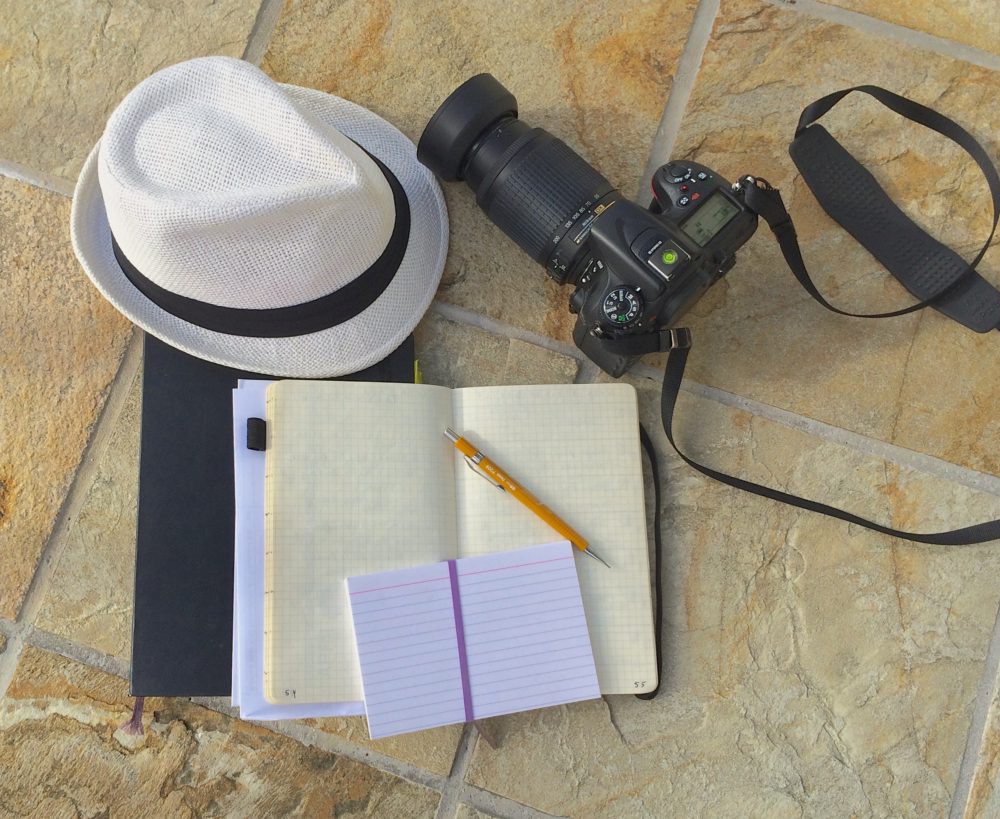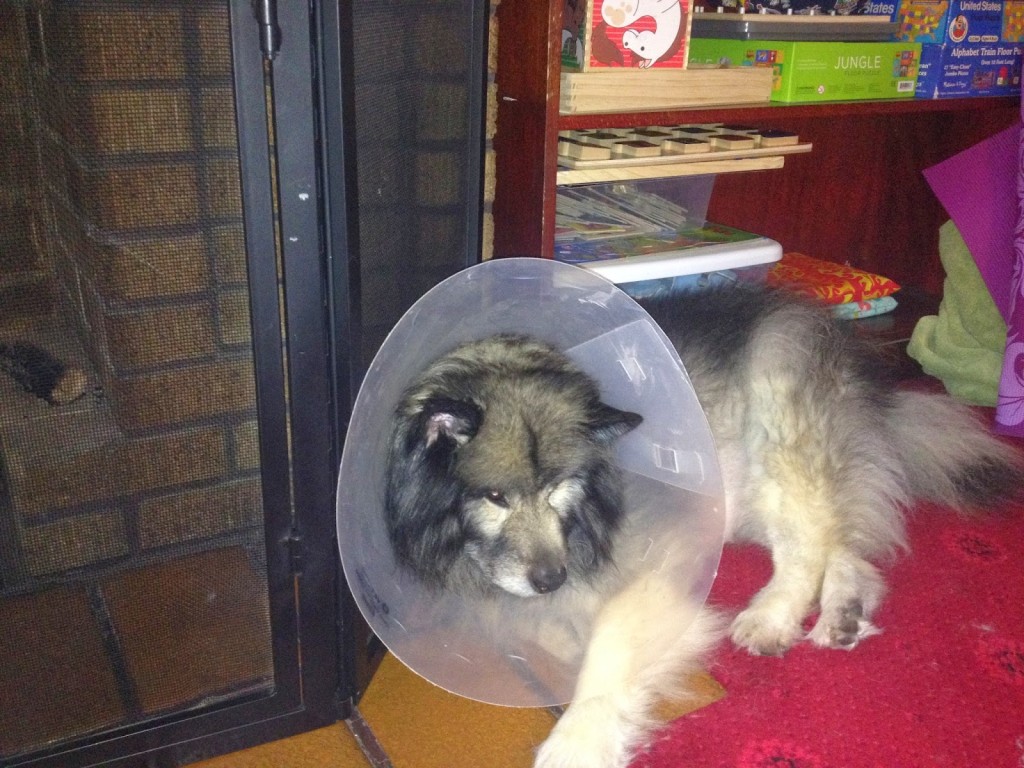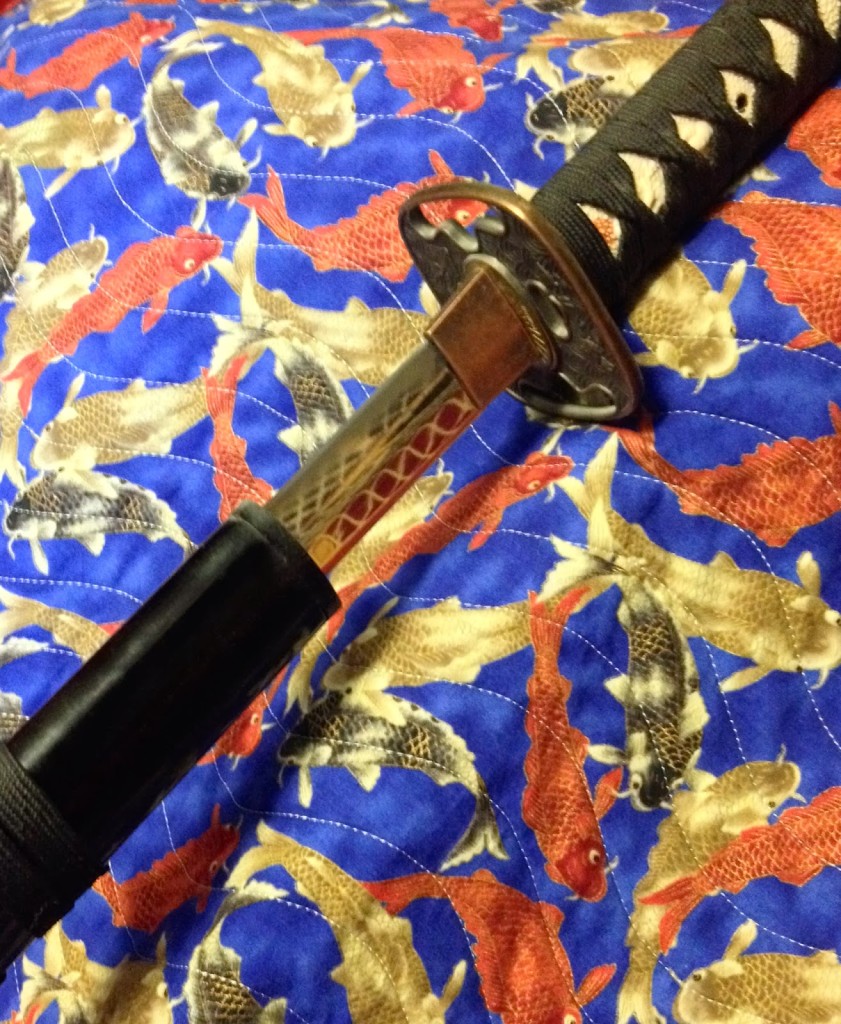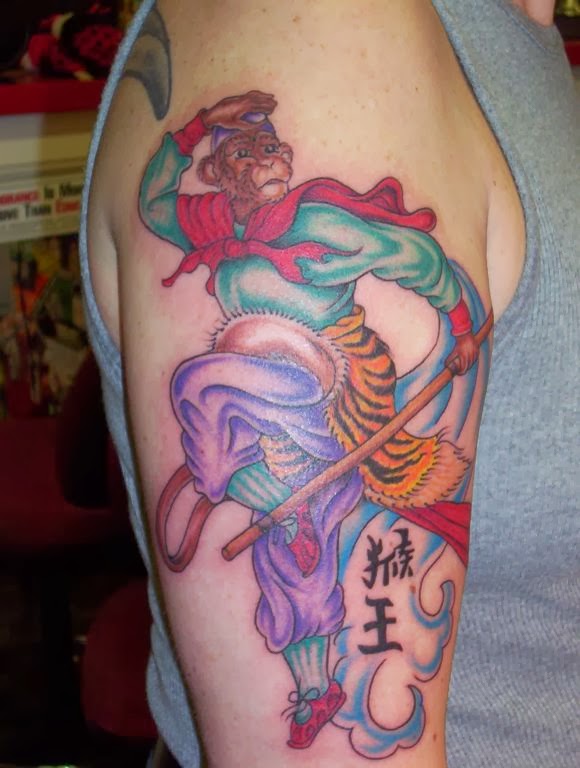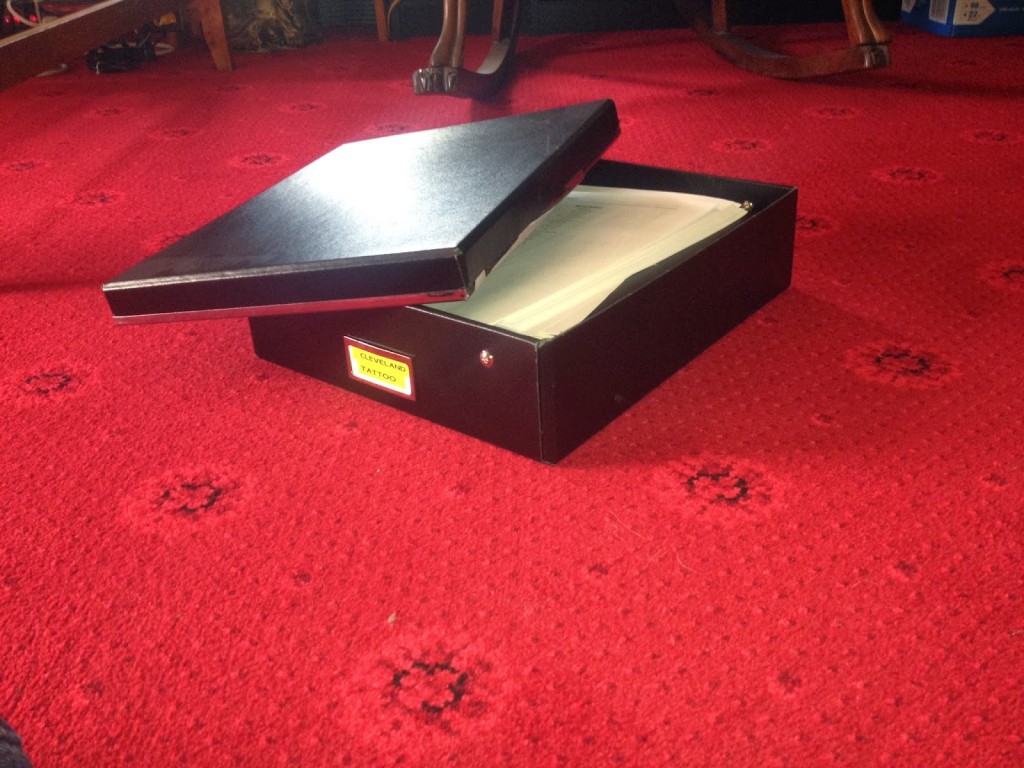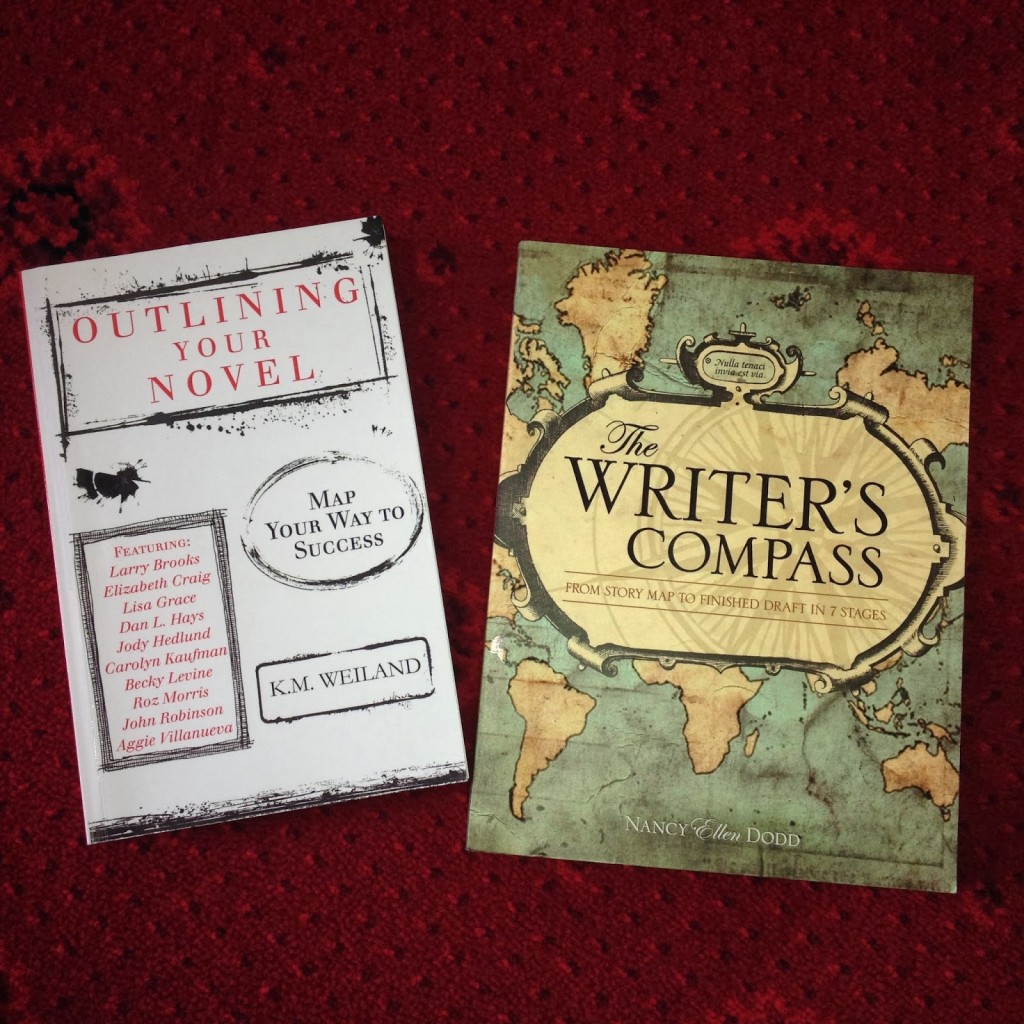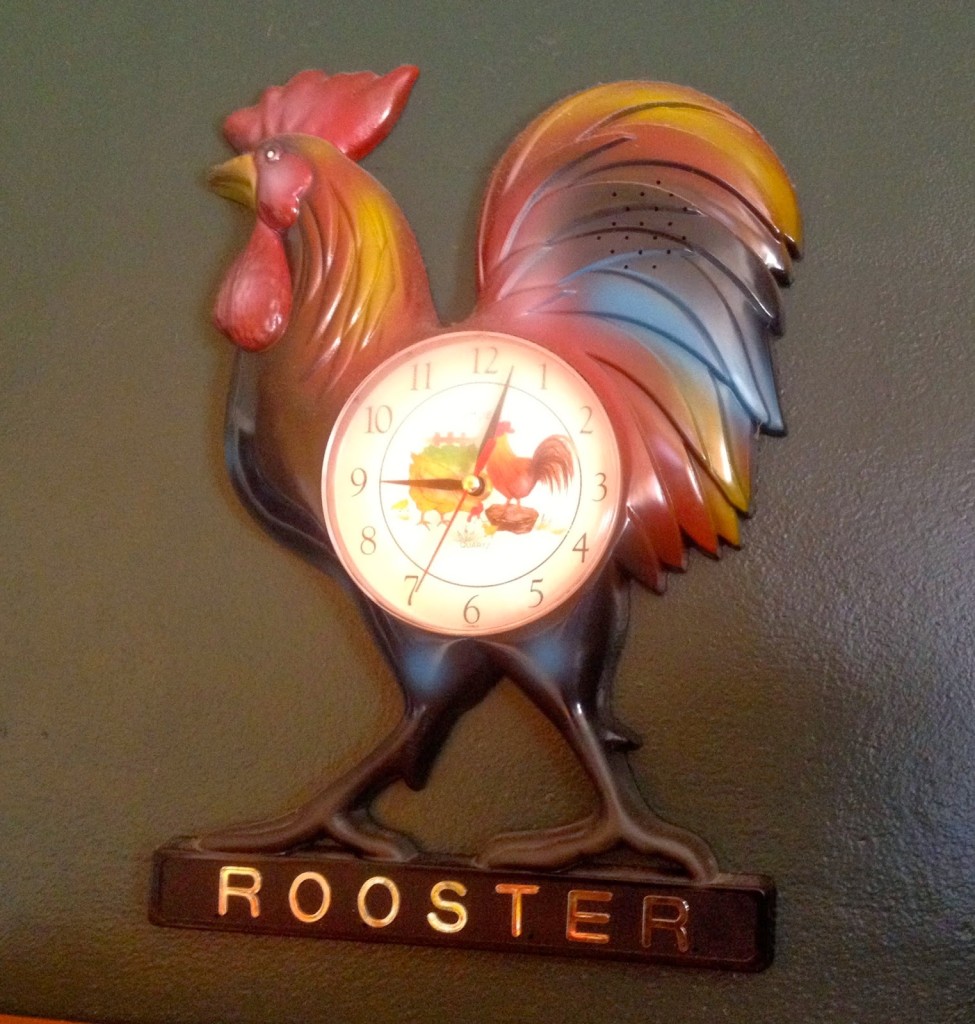 |
| OH Yeah I OWN it! (Much to my wife’s dismay.) |
Time. The most difficult thing in the world to get a handle on if you have an irregular schedule. Add in distraction issues, and you have a wonderful recipe for always being “a day late and a dollar short” as my mom often says.
I have had an irregular schedule for most of my adult life. I have worked all three shifts at one time or another, worked 8 hour shifts, 10 hour shifts, 12 hour shifts, and everything in-between. I have gone to work on days when I was not scheduled, and not showed up when I was scheduled. I have missed events, been early for events, and scrambled to make deadlines.
As difficult as it is to manage time for yourself, when you add one, more little people, the challenges of getting everyone where they are supposed to be with: appropriate clothes, homework, lunches, wallet, purse, backpack, book bags, show and tell items, etc. multiply like rabbits in spring.
In my quest to find a system of time management, I wasted a lot of time trying to follow different popular organizational systems (Getting Things Done, 7 Habits, etc.) before I realized that most well promoted organizational systems are written by men who assumed that: 1) everyone works Monday -Friday, 9-5; and 2) that there is a wife and/or staff somewhere taking care of the house, food shopping, cooking, bills, and the kids.
No time management system developed by a man has any reference about how to manage and integrate childcare, kids activity schedules, house maintenance, grocery shopping, cooking, laundry, caring for older family members, or suggestions about what to do if your kid gets sick, you need to go get them from school and you have 3 meetings scheduled. Knowing a fair number of men that are active participants in the care and maintenance of homes and children, these systems would not work for them either.
The following tips are gleaned from my personal experiences, and various time management resources. My favorites are the classic by Julia Morgenstern’s Time Management from the Inside Out (buy the book here) and ADD-Friendly Ways to Organize Your Life by Judith Kolbery and Kathleen Nadeau (buy the book here). Both books embrace the fact that people (read most often women) work AND have other responsibilities.
- I lay out my clothes, and get the kids’ to pick out their clothes for the next day the night before. This saves fuss and bother in the morning about what to wear. In my house we can settle who’s turn it is to wear the purple owl socks the night before and avoid tears before school.
- Pack all lunches, book bags, your bag, etc. the night before. If you have leftovers, pack them into lunch size containers when you clean up from dinner. This saves time and money, not buying lunch and using up leftovers.
- Have a family calendar posted where everyone can see it. For parents of teens, if you work shifts, you may want to withhold your work schedule. Keeps the kids on their toes!
- Make a meal plan, use it! NO, really it does help, the last thing I want to think about at dinner time is what to make. Make sure you schedule really easy meals on nights that are busy, or you get home late.
- Use the alarms and reminders on your phone. This has saved me from being late picking the kids up more than once. I can also really focus on what I am doing instead of looking at the clock every five minutes.
- Keep a running grocery list. Use it. Train your kids and spouse to use it. This saves you time by not having to run to the grocery store every five minutes because you are out of something.
- Limit your Facebook, Twitter, Pinterest, Instagram, Google Plus time. Hide the icons on your phone, heck, hide your phone if you need to! We all know how much time can be frittered away on social media. Pick your time, set a timer, and make yourself put your phone down.
- Stop hitting the snooze button. Really. Get up, and get going. You will not get the time back, and that extra snooze time is not worth the stress.
- Let go of perfection. Good enough is often good enough. Stop wasting time trying to copy those Perfect Pinterest pictures and get on with your life.
- Use a planner. Plan creative time to pursue your projects. Plan time to be with your spouse/partner. Plan Family time. Remember the housework will always be there. Enjoy the people in your life.
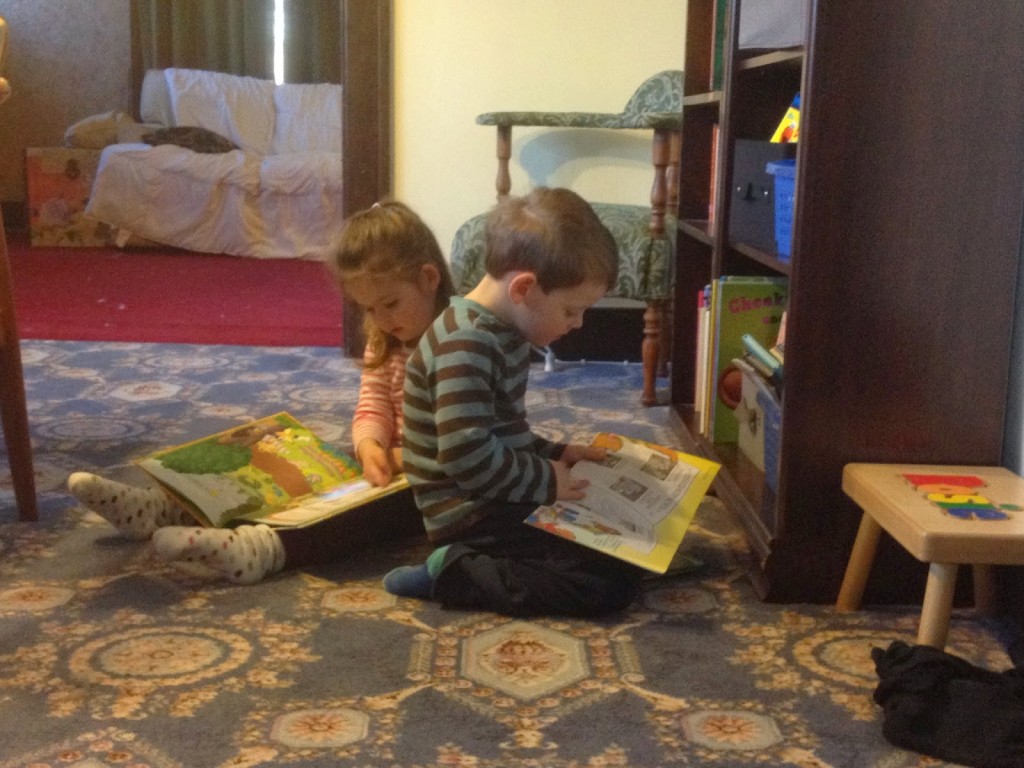 |
| I would like to say that every morning before school is like this, but that would be a lie. |
